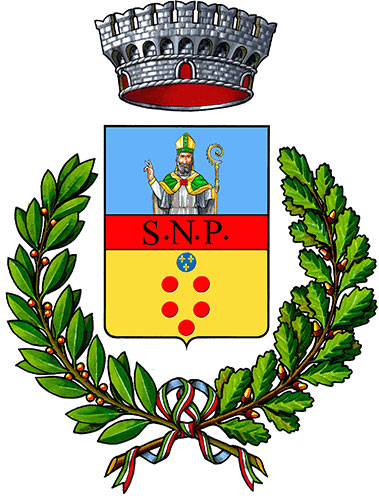

It is located just below Campo Imperatore and from the top of its castle it dominates the Tirino Valley, one of the few hilly Abruzzo areas between rugged mountains, where oil and wine are produced.
And on one of these heights there is one of the most iconic castles in the world, so famous that it has been repeatedly the set of great film productions: Rocca Calascio. It is one of the highest castles in Italy at 1460 meters above sea level and was the backdrop for great films such as Lady Hawke and Il nome della Rosa (The Name of the Rose).
The first historical document concerning the ancient village appears in a document dated 816 signed by the emperor Ludwig Pius I of the Franks, the son of Charlemagne and who succeeded him on the throne. The document listed all the possessions of the Franks in Italy.
Perhaps there was a Roman watchtower in this area, however the construction of the castle began around the middle of 1100 after the arrival of the Normans of Ruggero II of Altavilla. In addition to being a great conqueror, Ruggero (Roger) was the founder of the Kingdom of Sicily and the Sicilian Parliament, one of the oldest in the world.
Ruggero II divided the territory into baronies and Calascio became part of the Barony of Carapelle. The purpose of the Calascio castle and its towers was always defensive and it controlled a vast territory where the commercial routes of the Via degli Abruzzi, which connected Florence, Perugia and Naples, and the seasonal stock migration paths passed.
In 1271, Charles of Anjou assigned the Barony to Matteo Plessis and in 1318 all the villages took part in the attack of the Aquilans against Amatrice. The ongoing conflict in the area was always heated enough to control the pastures and the Campo Imperatore plateau and would end only with the unification of Italy.
In 1348-49, a strong earthquake damaged the castle but above all the nearby medieval village and the construction of a new housing complex began 3 km from the castle.
The dominion of the Angevins ended around 1460 when they were defeated by Ferdinand of Aragon, who was the king of Naples, and thus began the Aragonese period for all of southern Italy.
In 1463, the castle passed under the control of the Piccolomini Todeschini family who enlarged it and added the Ghibelline battlements as a sign of the independence of the monarch from the pope and the church.
Their rule lasted until Costanza ceded it to Grand Duke Francesco I de Medici for debts, and with this Tuscan family began the period of splendour of what was called the Medici State of Abruzzo.
This whole area of Abruzzo, and part of the province of Rieti up to Leonessa, became one of the world centres for the production of dark brown wool that made the Medici fabrics famous for religious and military personnel.
The construction of the beautiful Renaissance church of Santa Maria della Pietà dates back to 1596 and, according to a local legend, it was built on the spot where the population defeated some evildoers of the nearby Papal States who had tried to take possession of the rich pastures.
In 1703, a strong earthquake damaged the castle and the nearby village which was abandoned and rebuilt 3 km away and 200 meters below, in what is now Calascio.
In 1743, the whole territory passed under the direct administration of the Bourbon king and in 1806, after the arrival of Napoleon, feudalism was abolished.
With the unification of Italy the Bourbon Kingdom ended and Calascio became a municipality in the province of L'Aquila.







Follow us